NDO - The Ministry of Health has just sent a report to National Assembly delegates on a number of contents related to the group of questions in the health sector.
In this report, the Ministry of Health provides detailed information on the mobilization and arrangement of medical forces, ensuring medicines, medical supplies, and disease prevention and control after natural disasters.
Ready to respond to emergencies
According to the Ministry of Health, Vietnam is one of the countries heavily affected by natural disasters and climate change. Severe floods, droughts, saltwater intrusion, landslides and other natural disasters have been causing many impacts on people's lives and livelihoods and the country's sustainable development. Natural disaster prevention and control is a top priority, regular and continuous task of the entire political system to protect people's lives, health, livelihoods and property.
When natural disasters and catastrophes occur, the health sector plays an important role in providing emergency aid to victims as well as disease prevention and control. Over the years, the entire health sector has done a good job of advising Party committees and local authorities and closely coordinating with ministries and branches to effectively respond to natural disasters and search and rescue situations, promptly treating victims of natural disasters, preventing major epidemics from occurring after natural disasters, maintaining health indicators assigned by the Government every year; contributing to minimizing human and property damage in natural disasters and doing a good job of caring for and protecting people's health before, during and after natural disasters.
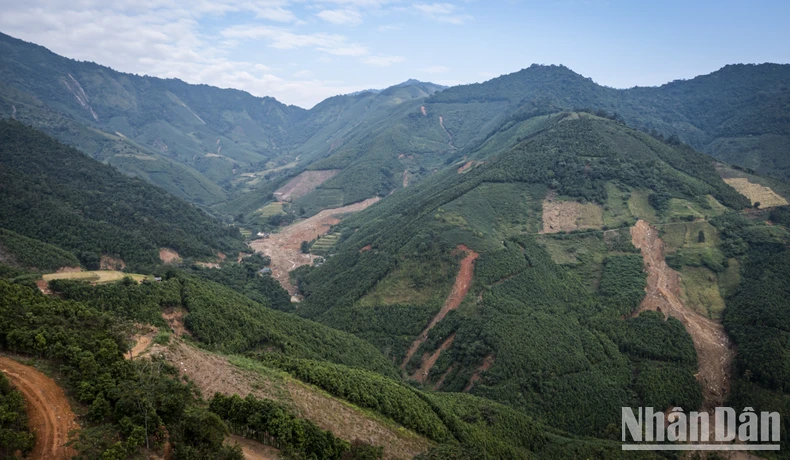 |
According to the Ministry of Health, Vietnam is one of the countries heavily affected by natural disasters and climate change. |
From the profound lessons learned in the Covid-19 pandemic prevention and control period on mobilizing and arranging medical forces; at the same time, to proactively and promptly respond to the developments of new and dangerous infectious diseases and public health emergencies, natural disasters and catastrophes; the health sector is focusing on synchronously implementing many solutions on building and perfecting institutions, system planning, improving the quality of human resource training, regimes and policies for health workers and developing grassroots health care, gradually consolidating the preventive health system... The work of preventing and combating natural disasters, searching and rescuing and preventing epidemics after natural disasters is maintained, ready to respond to situations.
In fact, when natural disasters occur, typically during storm No. 3, the Ministry of Health has directed the response and recovery work in health, including disease prevention and control. Specifically, before the storm made landfall, the Ministry of Health deployed response activities including: risk communication, dissemination of guidance documents, especially to people in areas affected by floods and inundation on safety measures, recommendations for prevention and control of common diseases during floods and inundation; measures to handle the environment and water in emergency situations.
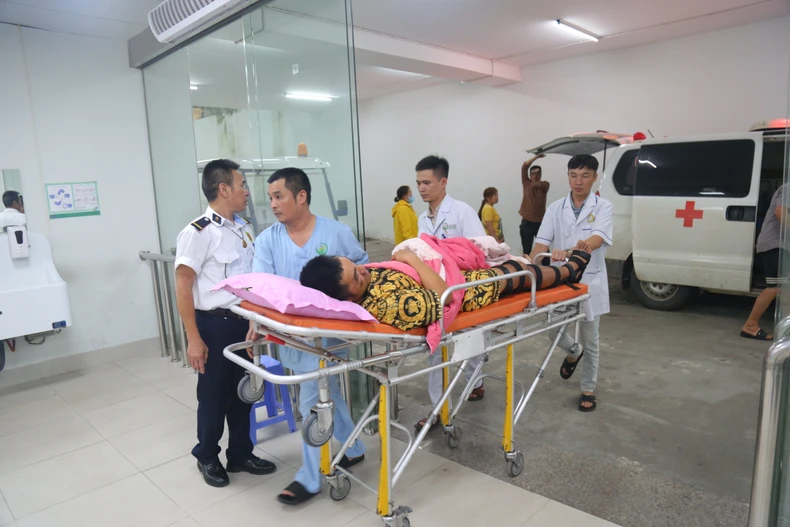 |
Actively treating patients after storm number 3. |
The Ministry of Health also issued documents guiding storm and flood response for each specialized field; held online meetings with provincial health departments, some hospitals, and central-level institutes in the storm-affected areas to direct and review medical response plans and disease prevention and control before, during and after the storm.
Direct the establishment of mobile emergency teams to respond quickly to epidemic prevention and control; ensure to meet the people's needs for medical examination, treatment and emergency care; develop plans for epidemic prevention and control and environmental sanitation according to specific situations; prepare medicines, vehicles, supplies and human resources to be ready to support localities when situations arise.
After the storm, the Ministry of Health also promptly issued documents directing medical work and disease prevention and control. Preventive medical facilities have deployed disease surveillance and environmental sanitation activities; medical facilities of the Ministry of Health and localities have promptly provided emergency care, treatment and maintained continuous 24/7 connection with the bridgeheads at medical facilities in the affected areas, providing remote medical consultation and treatment for victims of accidents and injuries. Classify, diagnose and treat as well as be ready to receive severe cases that exceed the treatment capacity of lower-level facilities; deploy post-storm and flood impact assessments, review the situation of localities to have necessary and appropriate support plans.
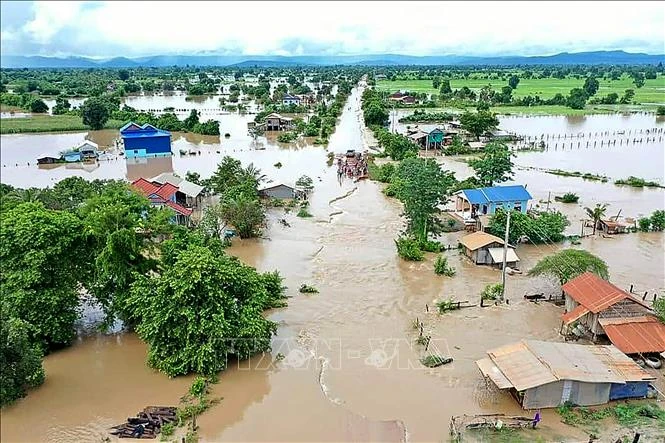 |
After the storm, the Ministry of Health also promptly issued documents directing medical work and disease prevention and control. |
During storm No. 3 alone, the Ministry of Health provided 19 tons of environmental disinfectant Chloramine B; mobilized 1 million Aquatabs water disinfectant tablets from the World Health Organization; 8.5 tons of Chloramine B; 200,000 Aquatabs water disinfectant tablets from the United Nations Children's Fund (UNICEF); and proposed that the Government provide 1.76 million water disinfectant tablets (Aquatabs) from the national reserve.
Request UNICEF to support water storage systems and non-electric ceramic filters, soap, and disinfectants for 200 households, schools, and health stations in 10 communes in Lao Cai and Yen Bai provinces. Coordinate with supporting agencies in Lao Cai and Yen Bai provinces with 120,000 disinfectant tablets; 25,000 5-liter clean water bags for the provinces; 1,000 boxes of water disinfectant tablets for Thai Nguyen, Lao Cai, and Yen Bai provinces.
4 key tasks to respond to situations
To proactively prevent, combat and respond to natural disasters, since the beginning of the year, the Ministry of Health has issued plans and directives on natural disaster prevention, combat, and annual search and rescue. At the same time, it has directed units under and directly under the Ministry, and the Departments of Health of provinces and cities to prepare the following contents:
Firstly, perfecting the apparatus, mobilizing and arranging medical forces: Reviewing, perfecting and supplementing the operating regulations of the Command Board and the standing force participating in natural disaster and disaster prevention and control and search and rescue in the health sector; establishing mobile teams for natural disaster prevention and control, search and rescue and disease prevention and control; strictly implementing the regime of on-duty, emergency duty, and natural disaster prevention and control; ensuring smooth communication in natural disaster situations, especially during the rainy and stormy season.
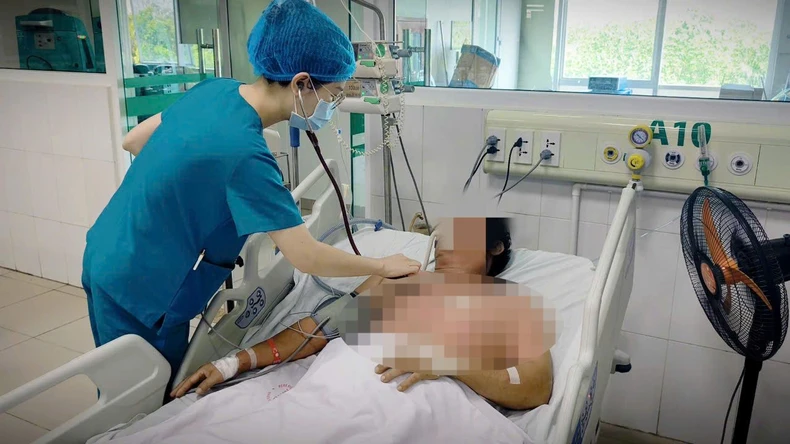 |
Illustration photo. |
Second, ensure material reserves (medicines, chemicals, equipment, medical supplies) for key disaster areas and be ready when situations arise. The Ministry of Health has issued a list of medicines and medical equipment; units and localities organize the purchase and receipt of reserve goods, disaster prevention and control. Actively and proactively coordinate and participate with relevant ministries and agencies to submit to the National Assembly and the Government to issue many legal documents and guidance documents on the purchase of medicines, testing supplies, and medical equipment for units to apply and implement.
Third, update the unit's plan for natural disaster prevention and control and response to emergency situations according to disaster risk levels: Develop plans to ensure emergency, transportation, admission, treatment; disperse and evacuate facilities, medical staff and patients to safe places in cases of natural disasters and major disasters that threaten the lives of people and medical facilities; especially for the elderly, pregnant women, children, people with disabilities and other priority subjects.
Fourth, promote international cooperation, mobilize domestic and foreign organizations to provide financial and technical support. Strengthen inspection and supervision of disaster response and recovery work at units and localities.
Improve the quality of management and procurement of drugs and medical equipment
However, during the implementation process, the Ministry of Health also pointed out some shortcomings and limitations such as: difficult areas do not have central hospitals at the end of the line, affecting the ability to respond and coordinate and mobilize medical human resources; natural disasters are becoming increasingly complex and unpredictable; funding for disaster prevention and control of the health sector and localities is still limited, especially in ensuring medicines, chemicals, and medical supplies...
Regarding solutions, according to the Ministry of Health, in the coming time, we will continue to focus on perfecting institutions and legal corridors to improve the quality of management, procurement of drugs and medical equipment and effectively implement measures to prevent and control epidemics.
 |
Regarding solutions, according to the Ministry of Health, in the coming time, we will continue to focus on perfecting institutions and legal corridors to improve the quality of management, procurement of drugs and medical equipment and effectively implement measures to prevent and control epidemics. |
Well implement the planning of the health facility network in the national sector planning, regional planning, and provincial planning for the 2021-2030 period approved by the Prime Minister to improve the capacity of the health system in responding to natural disasters and climate change.
Proactively deploy solutions to prevent, combat and respond to natural disasters before, during and after them. Units and localities proactively organize the procurement, storage, management and preservation of medicines, chemicals and medical equipment according to the "4 on-site" principle. The Ministry of Health continues to review and develop plans to organize procurement, storage and be ready to provide support to units and localities in case of exceeding capacity.
According to the program, the Question and Answer Session at the 8th Session will be held over two days, November 11-12, focusing on groups of issues in three areas: Banking, Health, Information and Communications.
Regarding the group of issues in the health sector, the National Assembly focused on questioning about: the mobilization and arrangement of medical forces, ensuring medicines and medical supplies for people and the work of preventing and fighting epidemics after natural disasters; the granting of licenses and practice certificates in the field of medical examination and treatment; the current status of management of functional foods, pharmaceutical cosmetics and solutions to handle violations; the work of preventing and combating the harmful effects of tobacco and stimulants, especially in the school environment. The main responsibility for answering belongs to the Minister of Health. Deputy Prime Minister Le Thanh Long and the Ministers of the Ministries of Planning and Investment, Finance, Industry and Trade, Education and Training, Public Security and National Defense also participated in answering questions and explaining related issues.
Source: https://nhandan.vn/khi-thien-tai-xay-ra-nganh-y-te-dong-vai-tro-quan-trong-trong-cap-cuu-phong-chong-dich-benh-post843767.html





![[Photo] Prime Minister Pham Minh Chinh chairs Government Standing Committee meeting on Gia Binh airport project](https://vphoto.vietnam.vn/thumb/1200x675/vietnam/resource/IMAGE/2025/5/10/6d3bef55258d417b9bca53fbefd4aeee)

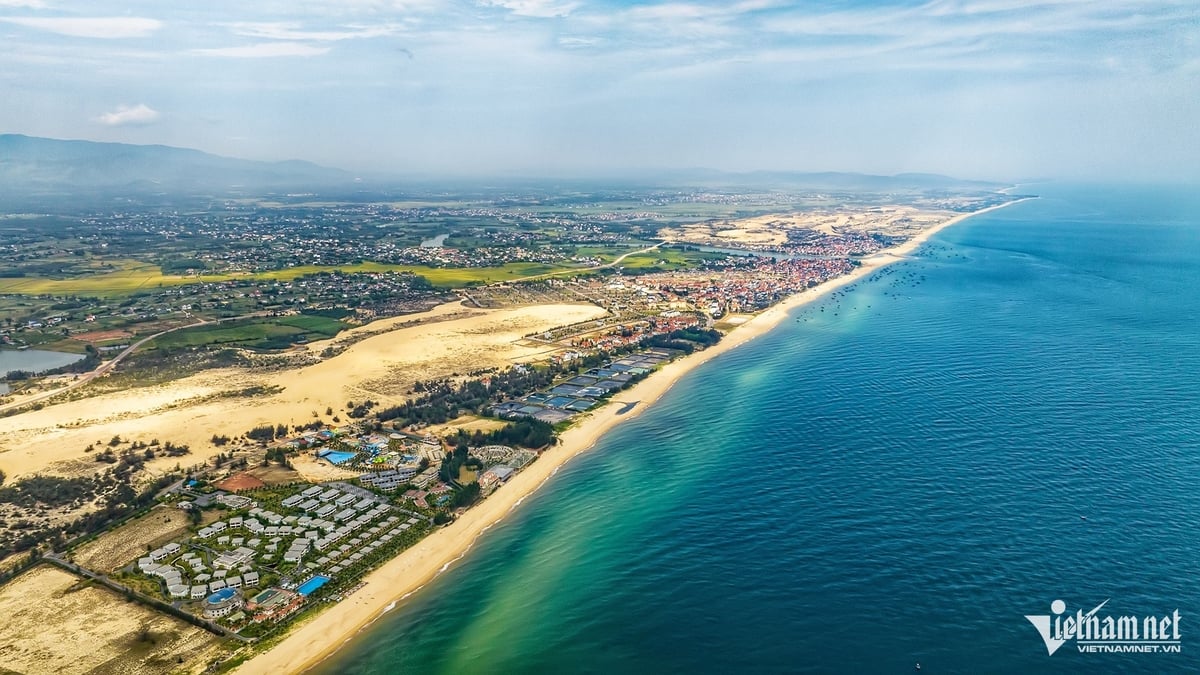
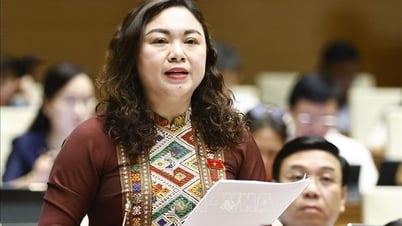

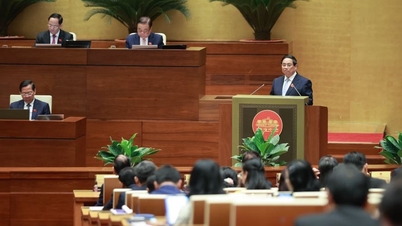
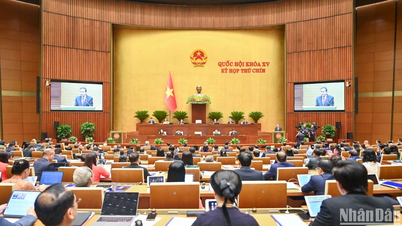
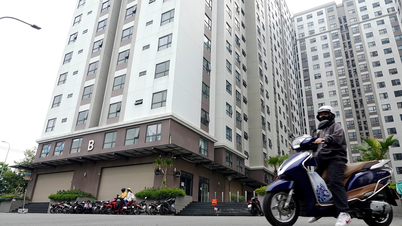








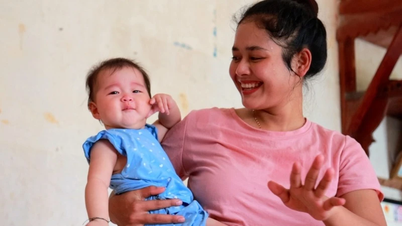
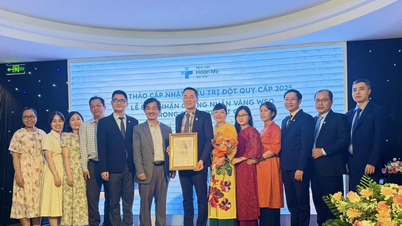





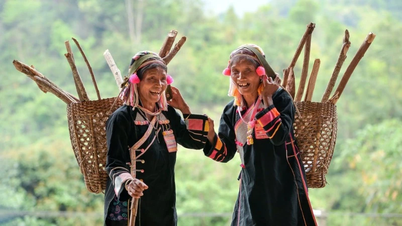

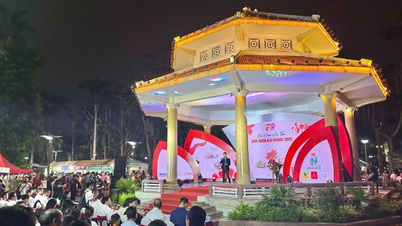


![[Photo] Prime Minister Pham Minh Chinh chairs Government Standing Committee meeting on Gia Binh airport project](https://vphoto.vietnam.vn/thumb/402x226/vietnam/resource/IMAGE/2025/5/10/6d3bef55258d417b9bca53fbefd4aeee)







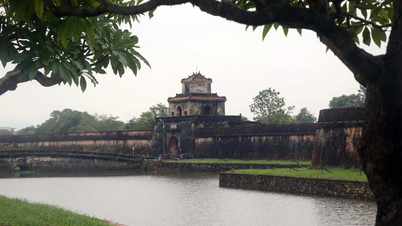
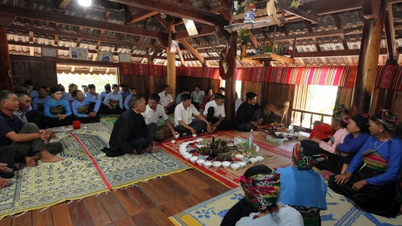







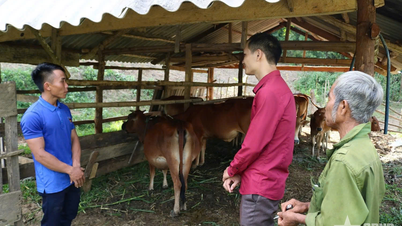



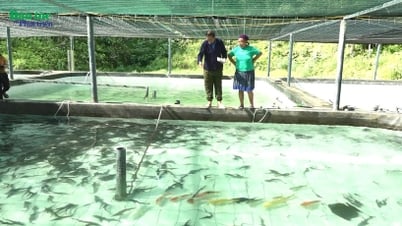













































Comment (0)